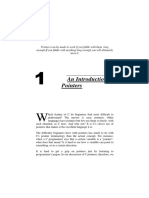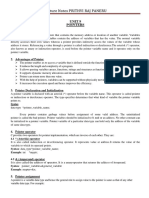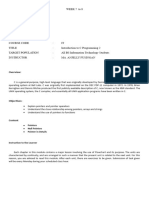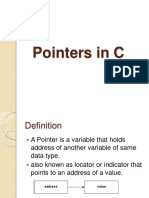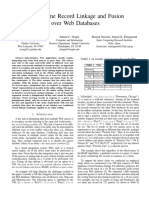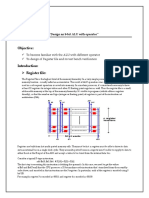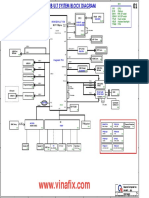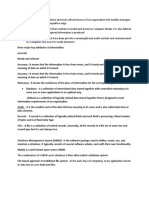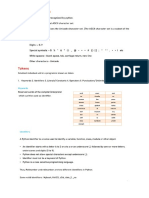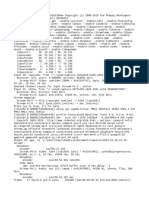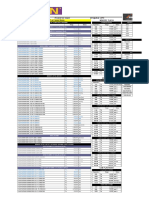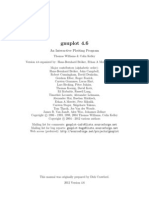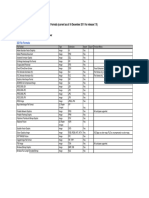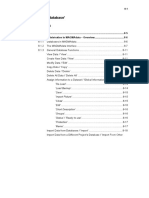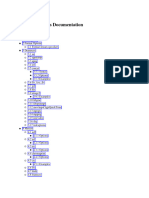0% found this document useful (0 votes)
6 views15 pagesUnit 7 (Pointers)
The document provides a comprehensive overview of pointers in C, explaining their definition, types, and usage. It covers various pointer concepts including pointer to pointer, pointer and array, and function returning a pointer, along with examples to illustrate their functionality. Additionally, it discusses the advantages and drawbacks of using pointers, as well as the relationship between arrays and pointers.
Uploaded by
shashikant.patelCopyright
© © All Rights Reserved
We take content rights seriously. If you suspect this is your content, claim it here.
Available Formats
Download as PDF, TXT or read online on Scribd
0% found this document useful (0 votes)
6 views15 pagesUnit 7 (Pointers)
The document provides a comprehensive overview of pointers in C, explaining their definition, types, and usage. It covers various pointer concepts including pointer to pointer, pointer and array, and function returning a pointer, along with examples to illustrate their functionality. Additionally, it discusses the advantages and drawbacks of using pointers, as well as the relationship between arrays and pointers.
Uploaded by
shashikant.patelCopyright
© © All Rights Reserved
We take content rights seriously. If you suspect this is your content, claim it here.
Available Formats
Download as PDF, TXT or read online on Scribd
/ 15

